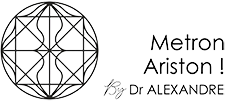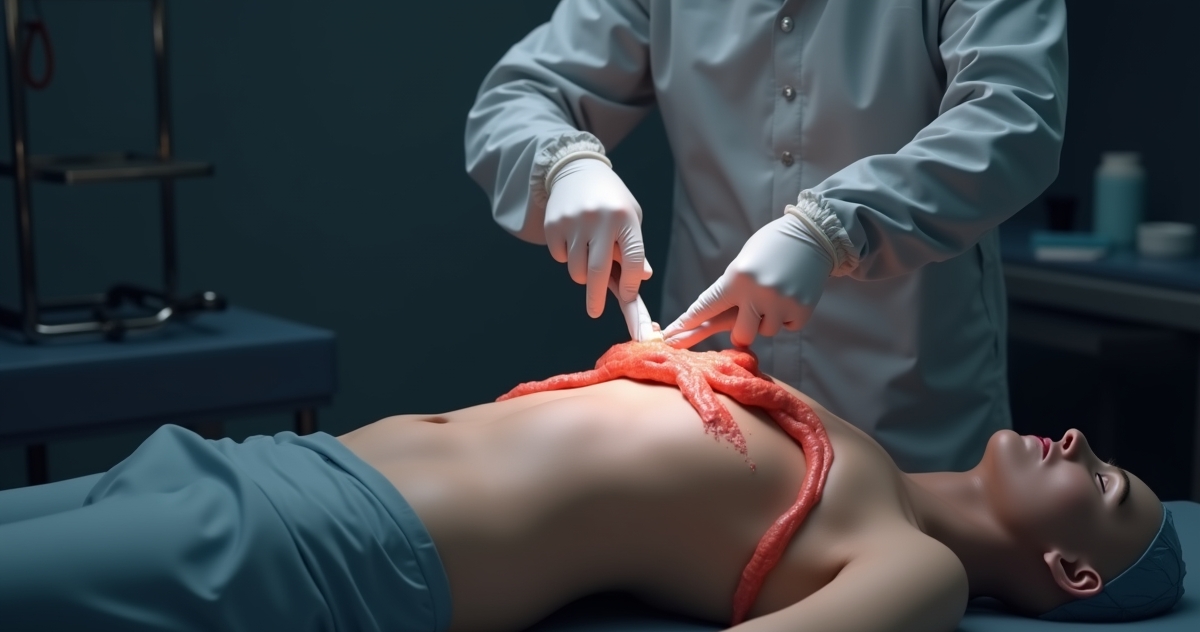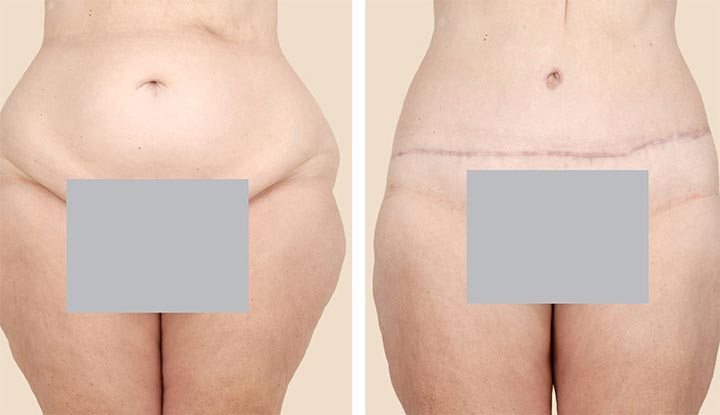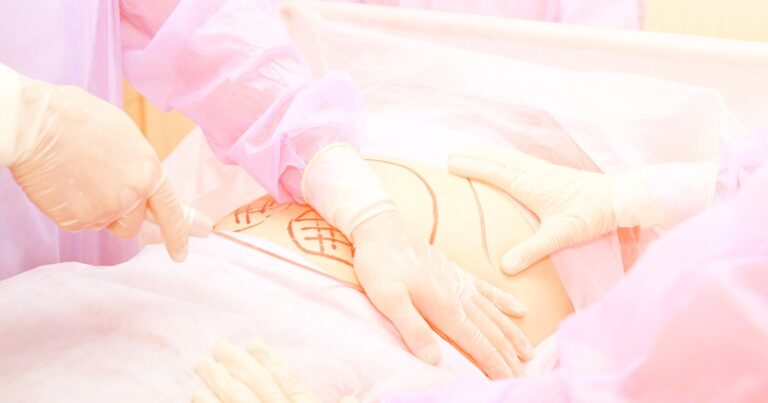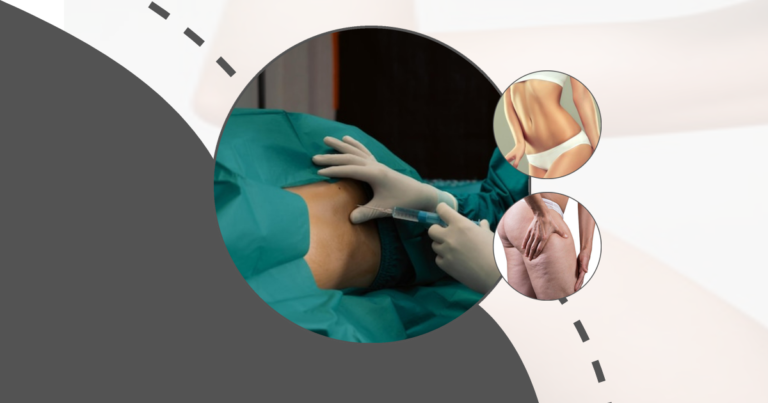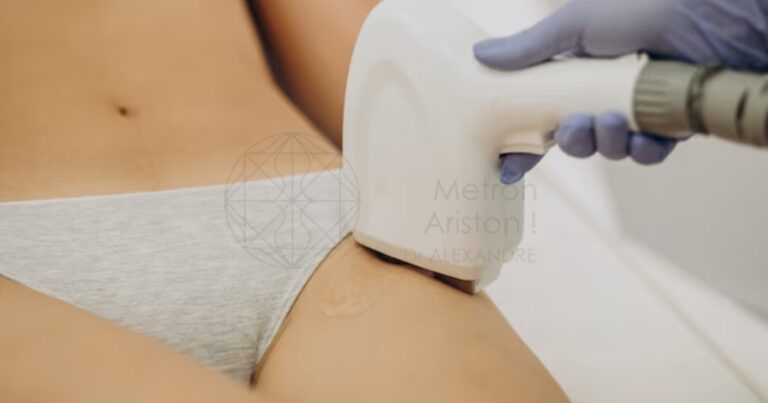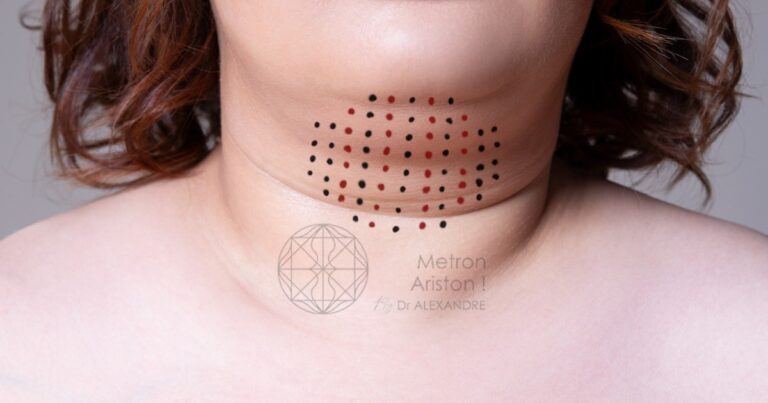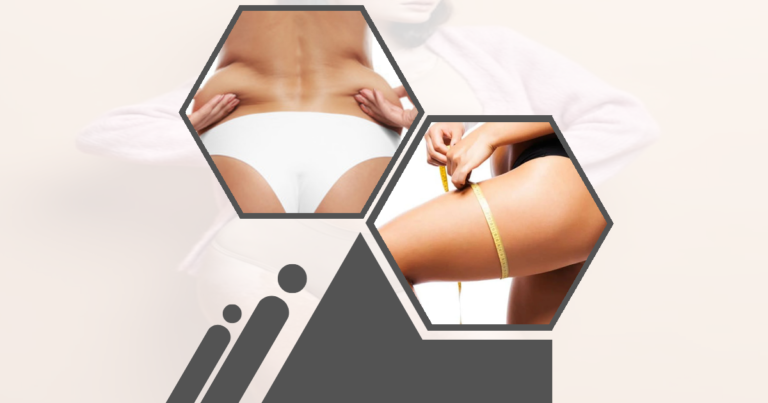Can Liposuction Scars Be Removed and How Much Fat Can Be Removed with Liposuction?
Liposuction is a popular cosmetic procedure that helps individuals achieve their desired body shape by removing excess fat. However, many people have questions about the procedure, including concerns about scarring and the amount of fat that can be safely removed. This article will explore these topics in detail, providing valuable insights for those considering liposuction.
Understanding Liposuction and Fat Removal Limits
What is liposuction and how does it target fat?
Liposuction is a surgical procedure designed to remove fat deposits from specific areas of the body. It involves the use of a suction technique to extract fat, helping to contour and reshape the body. The procedure targets subcutaneous fat, which is the layer of fat just beneath the skin, making it effective for areas like the abdomen, thighs, and arms.
- Liposuction is not a weight-loss solution but a body contouring method.
- It is most effective for individuals close to their ideal weight with stubborn fat pockets.
- The procedure can be performed under local or general anesthesia, depending on the extent of fat removal.
Types of liposuction procedures
There are several types of liposuction techniques, each with its own advantages. Traditional liposuction involves manual suction, while newer methods like VASER liposuction use ultrasound technology to break down fat before removal. Laser-assisted liposuction is another option, using laser energy to liquefy fat.
- Traditional liposuction: Manual fat removal using a cannula.
- VASER liposuction: Ultrasound-assisted technique for precision.
- Laser-assisted liposuction: Uses laser energy for fat liquefaction.
Factors determining safe fat removal amounts
The amount of fat that can be safely removed during liposuction depends on several factors, including the patient’s overall health, the area being treated, and the surgeon’s expertise. Generally, removing more than 5 liters of fat in a single session is not recommended due to increased risks.
- Patient’s health and medical history play a crucial role.
- The surgeon’s experience and skill level are vital for safe outcomes.
- Larger volumes of fat removal may require multiple sessions.
How Much Belly Fat Can Be Removed with Liposuction
Average fat removal from the abdomen
The abdomen is one of the most common areas for liposuction. On average, surgeons can safely remove between 2 to 5 liters of fat from the abdominal area. This amount varies based on individual factors such as body type and the patient’s goals.
- Typical fat removal ranges from 2 to 5 liters.
- Individual body type influences the amount of fat that can be removed.
- Consultation with a qualified surgeon is essential for personalized advice.
Safety guidelines for abdominal liposuction
Safety is paramount when considering abdominal liposuction. Surgeons follow strict guidelines to minimize risks, including pre-operative assessments and post-operative care. Patients are advised to maintain a stable weight and follow a healthy lifestyle for optimal results.
- Pre-operative assessments ensure patient suitability.
- Post-operative care includes monitoring for complications.
- Maintaining a stable weight is crucial for long-term results.
Combining liposuction with other procedures for optimal results
For enhanced results, liposuction can be combined with other cosmetic procedures such as tummy tucks or body lifts. This approach can help achieve a more comprehensive body contouring effect, addressing both fat removal and skin tightening.
- Combining procedures can enhance overall body contouring.
- Tummy tucks address excess skin and muscle laxity.
- Consultation with a surgeon is necessary to determine the best approach.
Maximum Fat Removal with Traditional Liposuction
General guidelines for fat extraction
Traditional liposuction has established guidelines to ensure patient safety. Typically, no more than 5 liters of fat should be removed in a single session. Exceeding this limit can increase the risk of complications such as fluid imbalance and infection.
- Maximum recommended fat removal is 5 liters per session.
- Exceeding limits can lead to complications.
- Surgeons assess individual cases to determine safe removal amounts.
Variations based on body areas treated
The amount of fat that can be removed varies depending on the body area being treated. For example, the thighs and buttocks may allow for more fat removal compared to smaller areas like the arms or chin.
- Larger areas like thighs may allow for more fat removal.
- Smaller areas require more precision and less fat extraction.
- Each body area has specific considerations for safe liposuction.
Risks of excessive fat removal
Excessive fat removal can lead to several risks, including contour irregularities, skin laxity, and prolonged recovery times. It’s crucial to follow the surgeon’s recommendations and avoid pushing the limits of safe fat removal.
- Contour irregularities can occur with excessive removal.
- Skin laxity may result from removing too much fat.
- Recovery times may be extended with larger volumes of fat extraction.
VASER Lipo Fat Removal Capabilities
Advantages of VASER liposuction
VASER liposuction offers several advantages over traditional methods. It uses ultrasound technology to selectively target fat cells, resulting in less damage to surrounding tissues. This precision allows for smoother results and quicker recovery times.
- Ultrasound technology targets fat cells precisely.
- Less damage to surrounding tissues compared to traditional methods.
- Smoother results and faster recovery are common benefits.
Comparing VASER to traditional liposuction
When comparing VASER to traditional liposuction, VASER is often preferred for its ability to achieve more precise contouring. It is particularly effective for areas with dense or fibrous fat, such as the back or male chest.
- VASER provides more precise contouring capabilities.
- Effective for dense or fibrous fat areas.
- Traditional liposuction may be more suitable for larger volume removal.
Typical fat removal amounts with VASER
VASER liposuction can remove similar amounts of fat as traditional methods, typically up to 5 liters per session. However, its precision allows for more targeted fat removal, making it ideal for sculpting and defining specific areas.
- Up to 5 liters of fat can be removed with VASER.
- Precision allows for targeted sculpting and definition.
- Ideal for patients seeking detailed body contouring.
Liposuction Scar Management and Removal
Minimizing scarring during the procedure
Minimizing scarring is a priority during liposuction. Surgeons use small incisions and advanced techniques to reduce the risk of noticeable scars. Proper incision placement and post-operative care are essential for optimal healing.
- Small incisions help minimize scarring.
- Advanced techniques reduce the risk of noticeable scars.
- Proper incision placement is crucial for optimal healing.
Post-operative scar care techniques
Post-operative care plays a significant role in scar management. Patients are advised to follow their surgeon’s instructions, which may include using silicone sheets, scar creams, and avoiding sun exposure to promote healing.
- Silicone sheets and scar creams aid in healing.
- Avoiding sun exposure helps prevent scar darkening.
- Following surgeon’s instructions is vital for best results.
Non-surgical scar removal options
For those concerned about liposuction scars, non-surgical options are available. Treatments such as laser therapy, microdermabrasion, and chemical peels can help reduce the appearance of scars over time.
- Laser therapy can improve scar appearance.
- Microdermabrasion and chemical peels offer non-surgical options.
- Consultation with a dermatologist can provide personalized recommendations.
Liposuction Treatment Areas and Effectiveness
Most common areas for liposuction
Liposuction is commonly performed on areas such as the abdomen, thighs, buttocks, arms, and chin. These areas often have stubborn fat deposits that are resistant to diet and exercise, making them ideal candidates for liposuction.
- Abdomen and thighs are popular treatment areas.
- Buttocks, arms, and chin are also commonly treated.
- Stubborn fat deposits are effectively targeted with liposuction.
Effectiveness of liposuction in different body parts
The effectiveness of liposuction varies depending on the body part being treated. Larger areas like the abdomen and thighs may show more dramatic results, while smaller areas like the chin require precision for subtle improvements.
- Larger areas may show more dramatic results.
- Smaller areas require precision for subtle improvements.
- Each body part has unique considerations for effective treatment.
Combining multiple area treatments
Combining liposuction treatments for multiple areas can enhance overall body contouring results. This approach allows for a more balanced and harmonious appearance, addressing multiple areas of concern in a single session.
- Combining treatments enhances overall body contouring.
- Multiple areas can be addressed in a single session.
- Consultation with a surgeon is necessary for personalized treatment plans.
Preparing for Liposuction and Fat Removal
Pre-operative consultations and assessments
Pre-operative consultations are crucial for successful liposuction outcomes. During these consultations, the surgeon assesses the patient’s health, discusses goals, and creates a personalized treatment plan. This step ensures that the patient is a suitable candidate for the procedure.
- Consultations assess patient health and suitability.
- Goals and expectations are discussed with the surgeon.
- Personalized treatment plans are created for optimal results.
Lifestyle changes before the procedure
Patients are often advised to make lifestyle changes before undergoing liposuction. This may include adopting a healthy diet, quitting smoking, and maintaining a stable weight. These changes can improve surgical outcomes and promote faster recovery.
- Healthy diet and stable weight are recommended.
- Quitting smoking can improve surgical outcomes.
- Lifestyle changes promote faster recovery and better results.
Setting realistic expectations for fat removal
Setting realistic expectations is essential for patient satisfaction. Liposuction can significantly improve body contours, but it is not a solution for obesity or a substitute for a healthy lifestyle. Patients should understand the limitations and potential outcomes of the procedure.
- Realistic expectations are crucial for satisfaction.
- Liposuction is not a solution for obesity.
- Understanding limitations and outcomes is important for informed decisions.
Post-Liposuction Care and Recovery
Immediate post-operative care
Immediate post-operative care is vital for a smooth recovery. Patients are typically advised to wear compression garments, avoid strenuous activities, and follow their surgeon’s instructions for wound care. These measures help reduce swelling and promote healing.
- Compression garments aid in reducing swelling.
- Avoiding strenuous activities is recommended.
- Following surgeon’s instructions is crucial for recovery.
Long-term maintenance of results
Maintaining liposuction results requires a commitment to a healthy lifestyle. Regular exercise and a balanced diet are essential to prevent weight gain and preserve the improved body contours achieved through the procedure.
- Regular exercise and balanced diet are essential.
- Preventing weight gain helps maintain results.
- Commitment to a healthy lifestyle is necessary for long-term success.
Managing swelling and bruising
Swelling and bruising are common after liposuction, but they can be managed with proper care. Patients are advised to follow their surgeon’s recommendations, which may include using cold compresses and elevating the treated areas to reduce swelling. NPs perform cosmetic procedures to help people look and feel better They can do things like Botox injections and skin treatments Fat redistribution phenomenon occurs when fat moves from one part of the body to another This can happen naturally with age or due to certain medical conditions or treatments
Liposuction lymphedema treatment Chin lipo hydration helps keep your skin smooth after fat removal It involves special treatments to add moisture to your chin area Emirati fat removal helps people in the UAE get rid of extra body fat Doctors use special methods to make patients look slimmer and feel healthier
Liposuction scarring minimal means the surgery leaves very small marks on your skin These tiny marks are hard to see and often fade away over time
- Cold compresses can help reduce swelling.
- Elevating treated areas aids in managing bruising.
- Following post-operative care instructions is important for recovery.
Risks and Complications of Extensive Fat Removal
Potential side effects of large volume liposuction
Large volume liposuction carries potential side effects, including fluid imbalance, infection, and contour irregularities. Patients should be aware of these risks and discuss them with their surgeon before proceeding with the procedure.
- Fluid imbalance and infection are potential risks.
- Contour irregularities may occur with large volume removal.
- Discussing risks with the surgeon is important for informed decisions.
Monitoring and preventing complications
Monitoring for complications is essential after liposuction. Patients should attend follow-up appointments and report any unusual symptoms to their surgeon. Early detection and intervention can prevent serious complications.
- Follow-up appointments are crucial for monitoring.
- Reporting unusual symptoms helps prevent complications.
- Early detection and intervention are key to successful recovery.
When to seek medical attention post-procedure
Knowing when to seek medical attention is important for post-liposuction care. Patients should contact their surgeon if they experience severe pain, excessive swelling, or signs of infection. Prompt medical attention can address issues before they become serious.
- Severe pain and excessive swelling warrant medical attention.
- Signs of infection should be reported immediately.
- Prompt attention can prevent serious complications.ure
FAQ’s
Is liposuction a permanent fat removal solution?
Liposuction is considered a permanent fat removal solution because the fat cells are physically removed from the body. However, it is important to maintain a healthy lifestyle to prevent the remaining fat cells from expanding. Weight gain after liposuction can affect the results, so a balanced diet and regular exercise are recommended.
How much weight can you lose with liposuction?
Liposuction is not a weight-loss procedure but a body contouring technique. The amount of weight lost is typically minimal, as the focus is on removing fat volume rather than reducing overall body weight. Patients may notice a slight decrease in weight, but the primary benefit is improved body shape and contour.
What determines the amount of fat that can be safely removed during liposuction?
The amount of fat that can be safely removed during liposuction is determined by several factors, including the patient’s overall health, the area being treated, and the surgeon’s expertise. Surgeons follow guidelines to ensure patient safety, typically limiting fat removal to 5 liters per session. Individual assessments are necessary to determine safe removal amounts.
Can liposuction remove all belly fat?
Liposuction can effectively remove a significant amount of belly fat, but it may not remove all of it. The procedure targets subcutaneous fat, but visceral fat, which surrounds internal organs, cannot be removed with liposuction. A healthy lifestyle is essential for managing visceral fat and achieving optimal results.
How long does it take to see final results after liposuction?
Final results from liposuction can take several months to become fully visible. Initial swelling and bruising may obscure the results, but as the body heals, the improved contours will gradually emerge. Most patients see significant changes within 3 to 6 months, with continued improvement over time.

